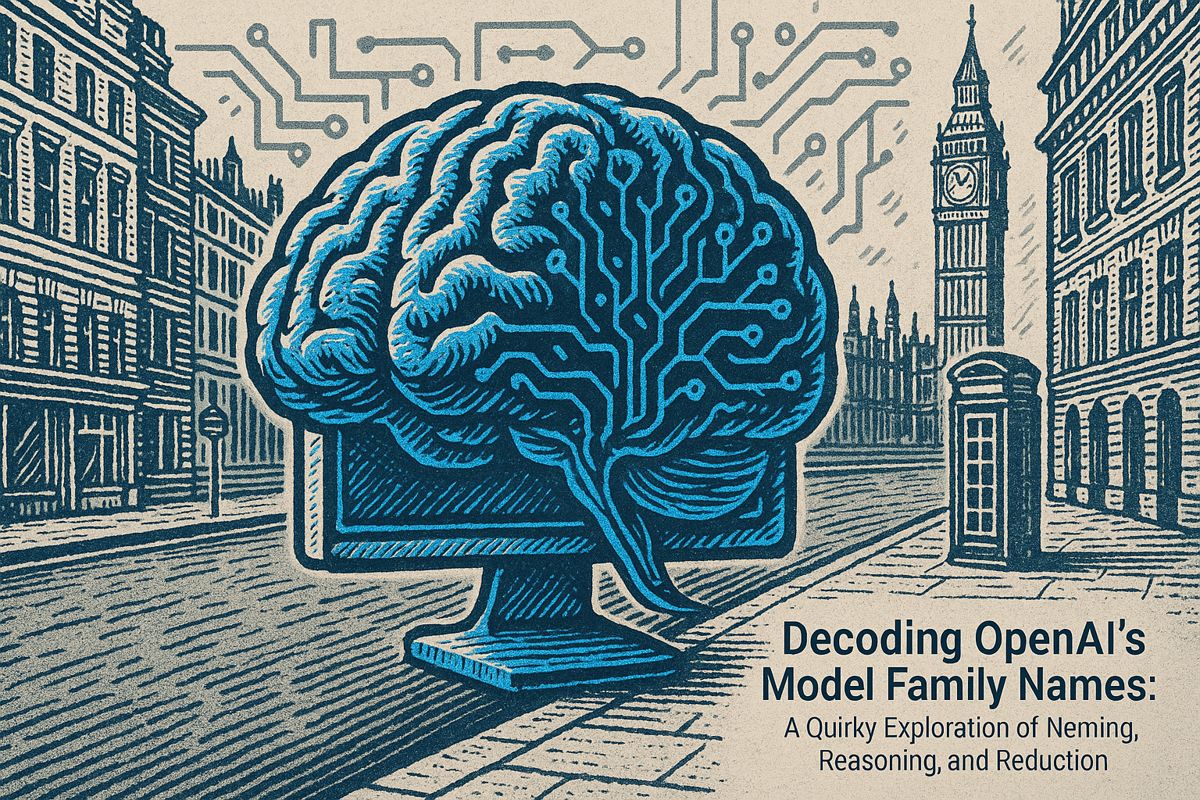C-suite leaders who personally get involved with AI are helping their companies grow revenue by 44%, much more than those that don’t. They do this by speeding up software creation, making code safer, and launching new products powered by AI. These big wins happen when top leaders use AI tools themselves, set up strong teamwork, and spend more money on AI. However, they still face problems like messy data, not enough skilled workers, and new security risks. In the end, AI-led companies could unlock $750 billion in new value in just a few years.
How do C-suite leaders drive significant revenue growth with AI?
C-suite leaders who actively shape AI strategy drive 44% higher revenue by accelerating software cycles, improving code quality, and launching new AI-powered products. Success depends on executive immersion in AI tools, strong cross-functional governance, and prioritizing investment in AI-driven development.
A new GitLab survey of 400+ C-suite leaders across 18 industries finds that companies whose top executives actively drive AI strategy are posting a 44 percent jump in revenue on average. Published July 29, the report signals a shift from viewing AI as a cost-cutting tool to recognizing it as a direct path to top-line growth.
| Metric | AI-Savvy Companies | Other Companies |
|---|---|---|
| Average revenue lift | 44 % | 9 % |
| Time-to-market reduction | 38 % | 11 % |
| Developer productivity gain | 51 % | 17 % |
Where the extra revenue comes from
-
Faster software cycles
AI copilots now auto-generate up to 40 % of new code at firms in the top quartile, slashing average release times from six to four weeks. Source: GitLab C-Suite survey -
Higher code quality
Automated testing agents spot vulnerabilities 5 times faster than human-only reviews, reducing post-release patches by 28 %. -
New revenue lines
Eighty-three percent of executives say AI-enabled products (e.g., embedded analytics or customer-co-pilot features) opened fresh monetization channels within 18 months of rollout.
Leadership style matters
The survey isolates three behaviors that correlate with outsized gains:
- Executive immersion: C-suite members spend at least 4 hours per week hands-on with AI tools.
- Cross-functional governance: Dedicated AI steering committees that include both tech and business leads.
- Investment priority: Firms in the top tier earmark more than half of their IT budget for software development, primarily to fuel AI initiatives.
The hidden hurdles
Despite strong returns, companies are wrestling with:
- Data quality: 62 % of respondents cite inconsistent or siloed data as the top barrier to scaling AI.
- Skills gap: 65 % of leaders expanding AI use plan to hire new talent this year, yet 81 % of practitioners say current corporate training is insufficient.
- Security : Over 80 % view agentic AI systems as creating unprecedented cybersecurity risks, fueling a rush for new governance frameworks such as the OWASP Top 10 for LLM Apps.
Bottom-line
GitLab estimates the global value unlocked by AI-driven software innovation could top $750 billion over the next three years. While cost savings and productivity gains are table stakes, the leaders separating from the pack are those turning AI into a revenue engine, guided by hands-on executives who treat data quality, workforce readiness, and tight governance as non-negotiable.
How significant is the 44% revenue lift really?
The headline number is 44% more revenue attributed to AI, but what matters is scale. GitLab’s 2025 C-Suite survey shows the median enterprise with AI-savvy leadership added roughly $82 million in new annual revenue for every $185 million baseline. Put differently, almost half again as much money flowed through the same operations once AI was treated as a strategic asset rather than a tool.
Which AI use-cases are delivering the fastest ROI?
Software development still leads. Leaders report:
– 2.1× faster release cycles after automating routine coding tasks
– 27% fewer post-release defects thanks to AI-assisted code review
– 11-day earlier time-to-market for new features
Beyond code, the next two high-impact areas are:
1. Revenue operations: AI-guided pricing and discounting added 9-12% incremental margin
2. Customer success: Proactive churn-risk models recovered $3.4 million per 1,000 accounts annually
What obstacles still block wider adoption?
Four barriers show up in >75% of enterprises:
| Challenge | % of execs citing | Typical delay added |
|---|---|---|
| Data quality issues | 78% | 6-9 months |
| Legacy system integration | 72% | 9-12 months |
| Talent/skills gap | 68% | 4-6 months |
| Cyber-security fears | 59% | 3-5 months |
The skills gap is tightening fastest: 65% of expanding-AI firms plan net new hires for AI roles in 2025, up from 41% in 2024.
How are security teams coping with “agentic” AI?
Over 80% of surveyed leaders now view autonomous AI agents as creating unprecedented security risks. Top mitigations being rolled out:
– Zero-trust agent pipelines (52%)
– Real-time policy guardrails against prompt injection (48%)
– Continuous observability dashboards (44%)
Early adopters using these controls report no major breaches after 9+ months of production agent deployment.
How are employees adapting to AI-driven change?
Workers are not waiting for formal programs:
– Side-gig participation rose from 28% to 39% among tech employees in the past 18 months
– Personal savings rate among AI-exposed roles up 4.3 percentage points as a hedge
– 49% of Gen Z now believe their college degree has lost value because of AI
Yet the same survey shows teams mastering human-AI collaboration expect to outperform peers within two years, creating a widening performance gap between AI-fluent and AI-hesitant workforces.



















